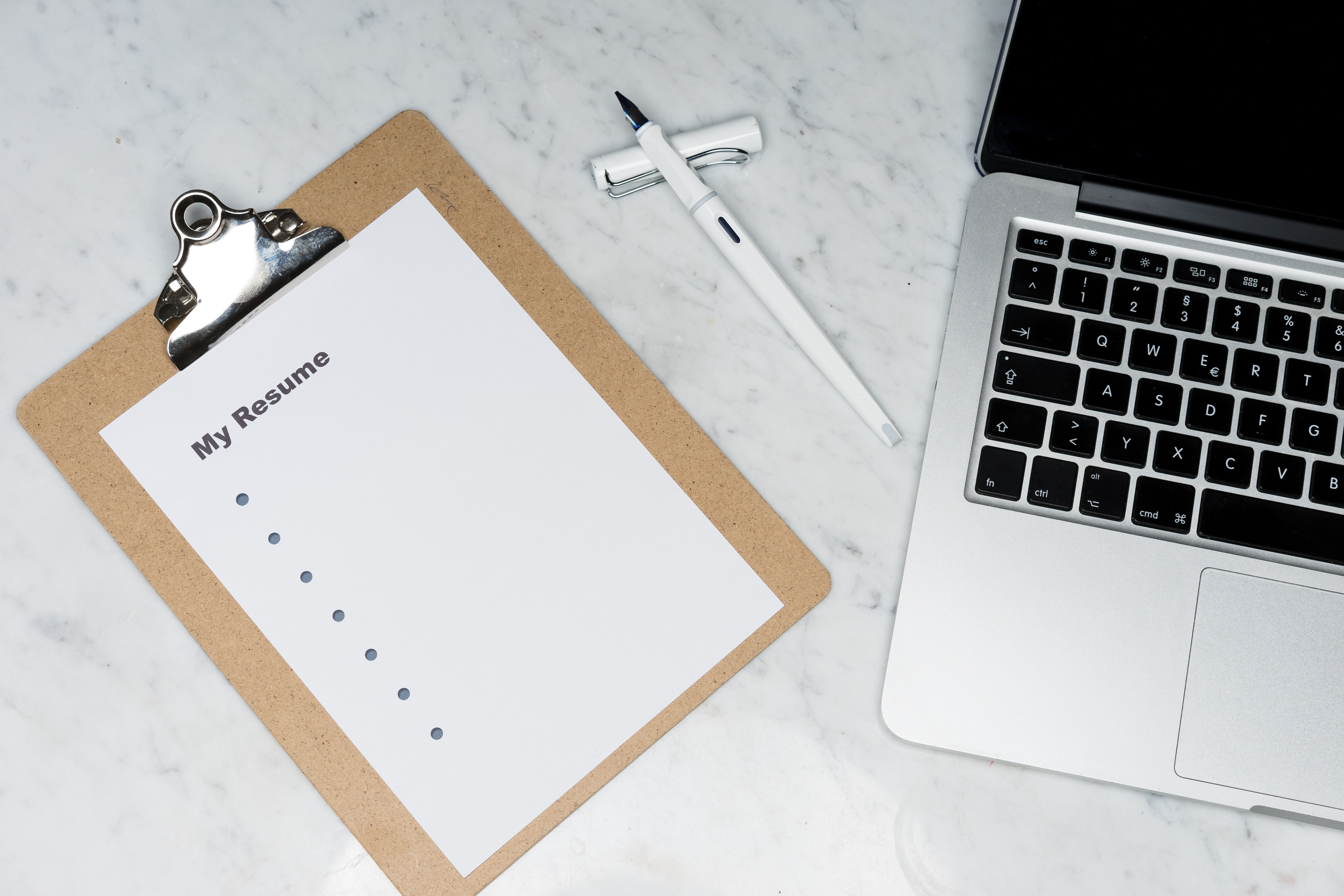Writing a resume can be a difficult process, especially if you have never written one before. A resume is a document that shows your background, skills and accomplishments that is usually, but not exclusively, made for acquiring a job. Those who have decided to go to college did so for the purpose of getting higher education and advancing to a great career. Resumes are one of the most important parts of getting that job interview.
To learn what it takes to write a great resume, we gathered tips from John Ney, Director of Professional Development at the Idaho State University College of Business, and Emily Jahsman, Associate Director at the Idaho State Career Center.
Where do I start?
The first step is to research what job position and company you are applying for so you can create your resume to showcase that position. Your goal is to present how you are the best fit for the job. Most jobs will provide a description of what they are looking for or require. Read through them and if you have some of those skills, include them in your resume. However, never lie about it. Not only should you say that you have that experience, but you must also be able to show it.
What should I include in my resume?
There are about five essential parts to a resume and should be included in the following order:
- Name and contact information
Your first and last name should be at the top of the page in a large font size. You should include your phone number and email address since that is how employers will contact you. Do not include your home address, this is something that is not needed anymore. You may include your social media if it is a LinkedIn.
- Objective
This is a statement of what you are trying to obtain. Examples: To obtain an accountant position with Jordan and Company. To obtain a graphic design position with Google.
- Education
Include what college or university you went to and its location, your degree, graduation date and only include your GPA if it is above a 3.0. If you are still in college, state your expected graduation date and major(s). Do not include your high school unless you are still a freshman or sophomore in college.
- Job experience
Start with your most recent/current job. Only include jobs from the last 10 years that you worked longer than a year or two. Describe your roles in those jobs by using action verbs and keep them in the same tense. It’s also a great idea to explain how your role or work impacted the company. Examples: Designed and developed new products resulting in $100,000 in increased revenue. Aided in creating advertising and sales reports helping to guide strategic planning.
- Skills, accomplishments and organizations
This is where you want to highlight specific skills that the job position is looking for or what you think would be a valuable skill to show off such as any certifications you have. If you won awards or joined a club, involve these as well.
What do employers pay attention to?
Employers look at your GPA and campus involvement such as participation in clubs, tutoring, activities etc. Campus involvement shows that you have experience working with others, networking, team building, devotion to learning and much more qualities. For certain jobs, employers will pay attention to your job experience and your degree if their job requires something specific.
Are there design tips?
Keep your resume as simple as possible. The more simple it is, the easier it will be to understand. Most resumes are in black text with a white background, but if you choose to add color, do not use more than two. For color options, do not use bold colors such as red and make sure they are easy to read. Do not include a picture of yourself or any graphic elements unless it enhances your abilities, such as if you are a graphic designer applying for a graphic design position (but in that case, it would be better to attach a design portfolio). Remember- stay as simple as possible.
How often should I update my resume?
You should update it frequently, about once every semester. Updating your resume will help you keep track of your accomplishments and goals. If you wait too long to update, you may have to start completely from scratch.
Every year in September, the College of Business and the Career Center come together to host an event called Resume Roundup, where students can get their resumes reviewed. If you happened to miss the event, you can also contact the Career Center and set up an appointment to review your resume. You should also consider John Ney’s Professional Development and Branding class (MKTG 3310). Students learn everything they need to know on how to get a job, network, branding yourself and more while also participating in professional development events.

